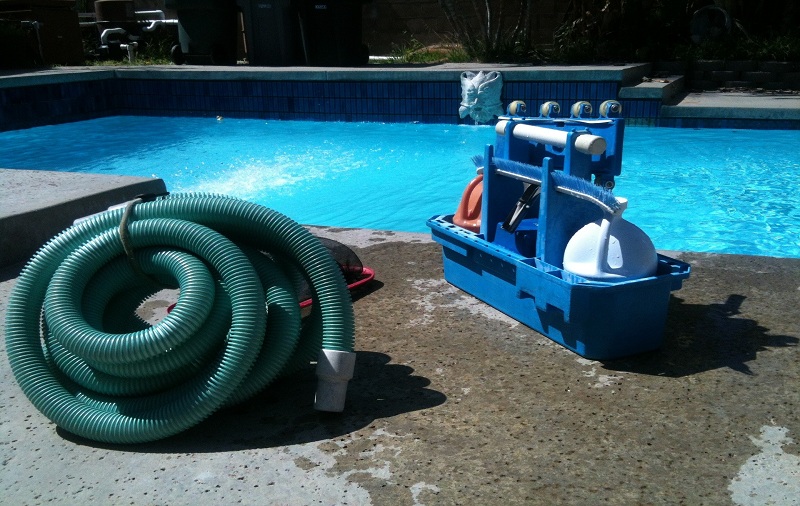The vacuum pump has changed significantly over time since it was first discovered by Otto von Guericke in 1650. The ideas for this type of pump preceded from an earlier technology of the suction pump. Vacuum pumps use rather simple technology. This technology requires creating a vacuum, by moving all molecules of gas from a system. Molecules can only move if the system creates two regions that have differences in pressure. The region with more molecules will be the high-pressure region while the other, the low-pressure one. A device that induces such pressure differences is a pump, and the one that creates a vacuum is called a vacuum pump. Roots vs scroll pump differences show how different vacuum pumps work. Let’s see some of the uses and improvements of these pumps.
Roots Pumps
Also known as root blowers, these pumps are either single or multi-stage. The pump contains two rotors in a single housing. The rotors work synchronously without touching each other. The rotors are placed in such a manner that a small gap exists between them. Each of the rotor shafts contains about four to six pairs of rotors. There are cavities between the rotors separated using a stator disk that has gas orifice. One of the shafts is powered by a motor, with other attached to a timing gear in the gearbox. You only lubricated the gearbox and the high- and low-pressure bearings. There is, thus, no friction within the suction chambers, which enables the pump to work at very high rotational speeds. The pump further has a near-perfect dynamic balance thanks to the symmetrical distribution of the rotor mass. This arrangement enables the pump to run quietly even at high speeds.
Scroll Pumps
Scroll pumps, on the other hand, have two scroll plates orbiting the scroll channels. They compress gas inside these channels. The advantage of scroll pump technology is that they do not use oil. There is, therefore, no risk of having oil spills within the system or have it interfere with the vacuum system. Using gas instead of oil eliminates the need of disposing of used oil. The pump has the advantage of reducing environmental pollution. There is also no risk of hydrocarbon contamination.
Improvement in Maintenance
Unlike traditional pumps that required routine and extensive maintenance, modern scroll pumps are way easy to maintain. With a scroll pump, you do not need to change oil like the traditional pumps. There is no risk of oil spilling into the vacuum system and need to dispose of used oil. The only maintenance required is replacing a seal which takes just a few minutes. Even then, this seal is designed to last about three years, so you do not change it frequently.
Use of Standard IEC Power Cords
Traditional pumps placed a lot of pressure on utilities as they demanded a lot of energy to run. They were expensive and cumbersome at the same time. Scroll pumps are small and compact, require minimal energy and do not need any special voltage. You can easily fit them in any system design without worrying about their energy demands. Furthermore, they use standard IEC power cords that you do not have to hardwire to the motor. Traditional pumps could easily trip your system if placed in the same manner due to their high energy demand.
Use of Fail-Safe Insolation Valves
You do not want to risk any accidental contamination within your vacuum system. The new improved fail-safe isolation valves ensure that this does not happen. The optional valve helps to prevent backward migration and venting. You install this isolation valve in the module to prevent contamination. Under normal conditions, the spring in the module keeps the valve open. When there is a power loss or surge, tiny chambers are discharged beneath the valve by the solenoid valve which shuts it. On resumption of power, the solenoid closes automatically evacuating the pump and the valve opens within 10 to 30 seconds.
Use of Hermetic Design
There are scroll pump varieties or models that use the hermetic design. In this design, the motor and bearing assemblies are placed outside the vacuum and remain at atmospheric pressure, thus isolating the gases pumped completely. This design brings about a closed system in the pump. The system creates a conducive environment for helium recirculation. The models that work well with such a design are the Agilent IDP series. The system in whole prevents any leakage of toxic gases.

